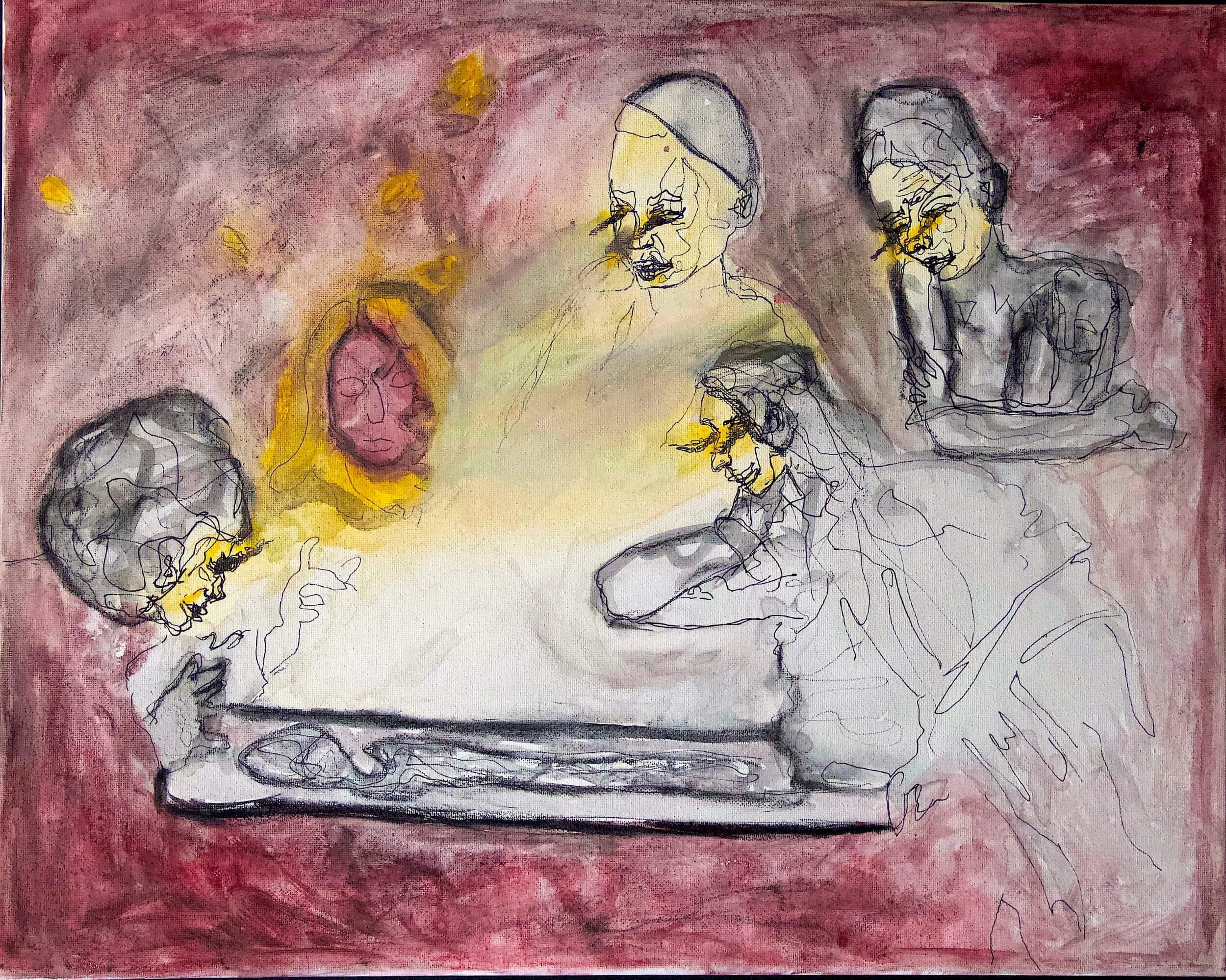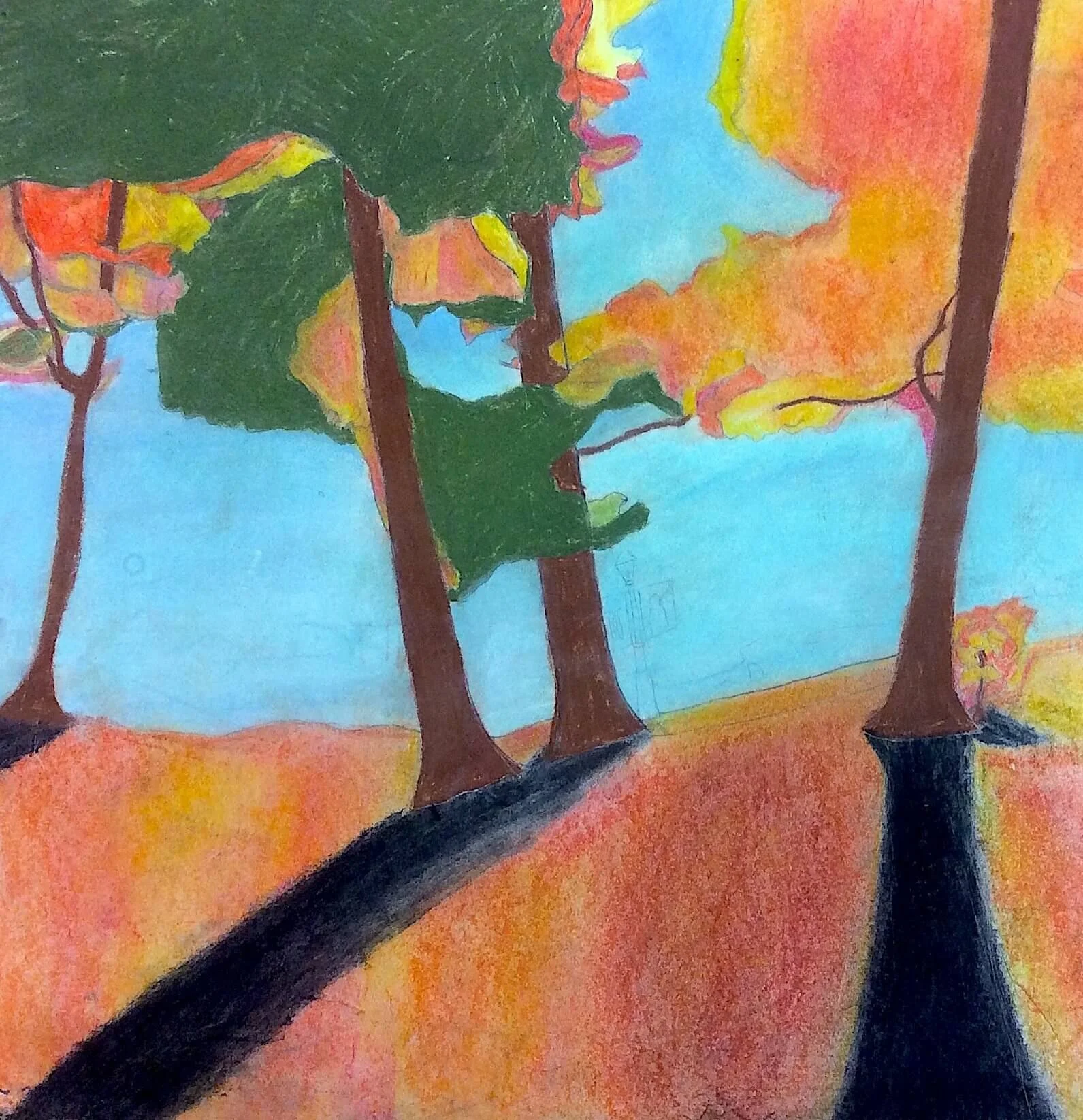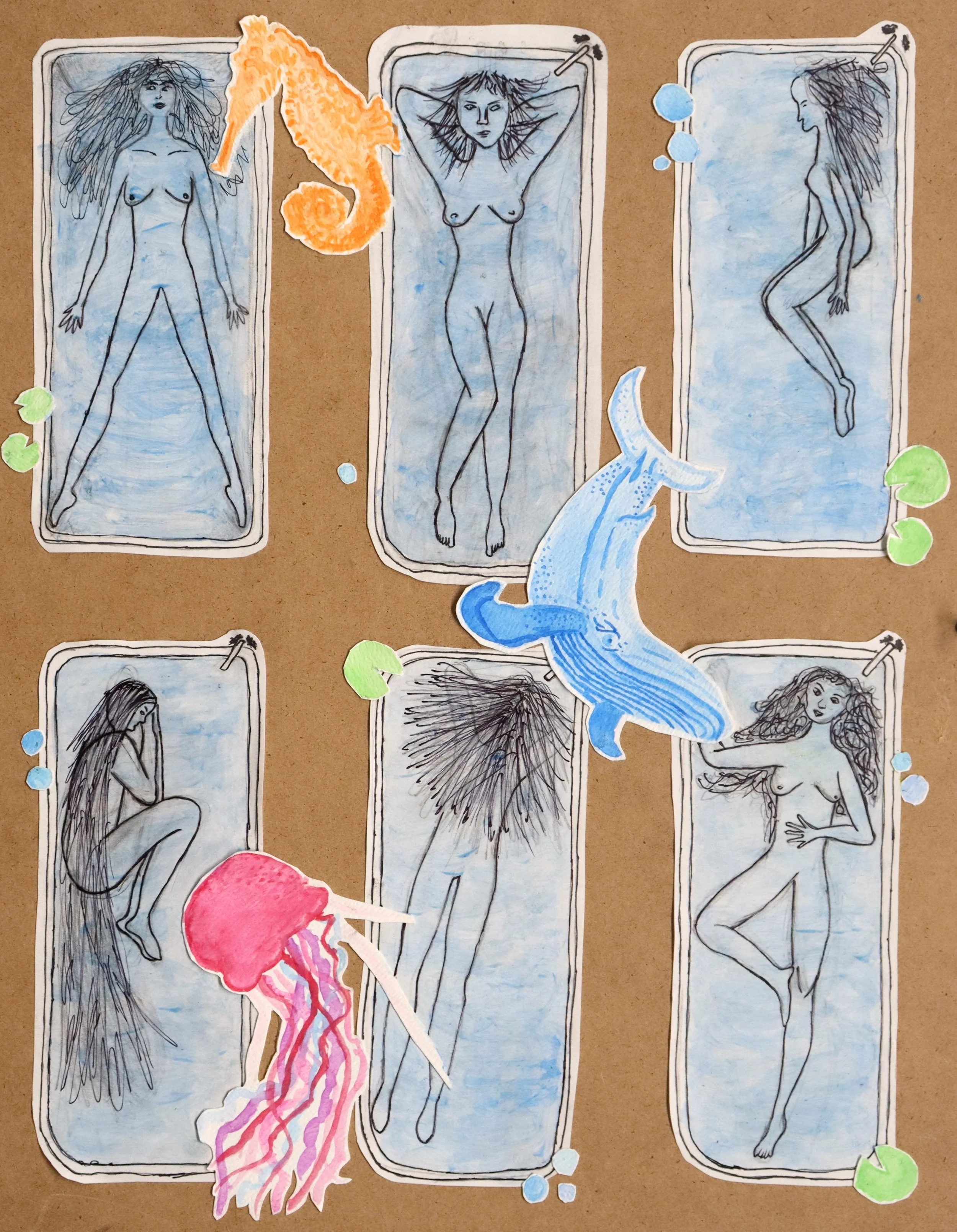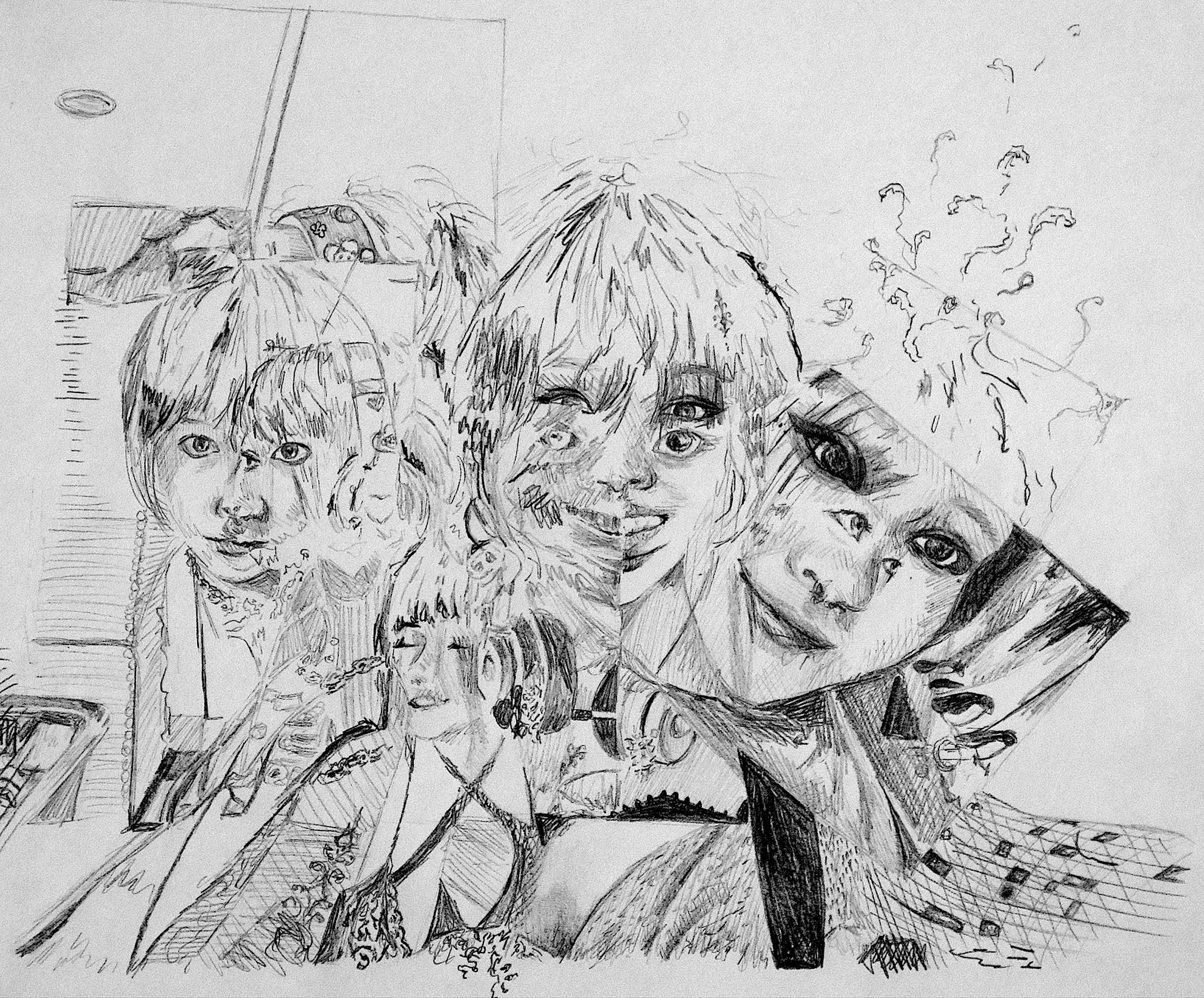
National Portfolio Day NYC: Insider Guide for Families and Art School Applicants
A clear, insider explanation of what truly happens at National Portfolio Day in New York City. Learn how to prepare, what reviewers look for, and how students can use the event to grow strong, competitive art portfolios.

RISD Portfolio Requirements: What I Learned Reviewing Portfolios at the RISD Booth at National Portfolio Day
Students rarely see RISD portfolio requirements from the reviewer’s side of the table. After joining the RISD booth at National Portfolio Day, Nell shares the real standards that shape competitive portfolios, the common gaps she saw across hundreds of submissions, and what students should do now to prepare with purpose.

The Complete Guide to Building an Art Portfolio for College (2025 Edition)
A complete guide to building a competitive art portfolio for college. Learn how to choose your best work, write meaningful captions, organize your sequence, and meet RISD-level expectations—with an interactive readiness quiz included.

Financial Aid Appeal Letter Sample for College Art & Design Students (+Template)
Learn how to write a strong financial aid appeal letter, with five real examples and a free editable template designed for college art and design students.

How to Make a SlideRoom Portfolio (With Caption Examples & Tips)
Learn how to create a SlideRoom portfolio that stands out. Includes real student examples, caption prompts, and expert advice from Dr. Nell Daniel on expressing your creative process clearly.

Choosing a College Major as an Artist: Fine Arts vs. Design
Compare Fine Arts vs. Design to see how curricula, careers, and portfolios differ — and which major fits your artistic direction.

Personal Statement for Art School: Examples & Guide
Examples and guidance for writing a personal statement that complements your art portfolio and highlights your creative process.

Using SlideRoom to Showcase Your Portfolio (Tips & Examples)
Step-by-step tips for using SlideRoom to submit a polished, professional art portfolio.

Early Decision vs. Early Action for Art Applicants: What You Need to Know
Early rounds boost odds—if your portfolio is truly ready. Here’s how to weigh ED vs. EA at art programs.

Complete College Application Checklist for Art Students (PDF)
A one-page tracker to help art students stay on top of applications, portfolios, and deadlines—download the free PDF checklist to stay organized.

How To Stand Out In College Applications: Making an Art & Design Portfolio
Creating a standout art portfolio for college can be the key to unlocking your dream school. In this comprehensive guide, you’ll learn how to make an art portfolio for college that reflects your unique creative voice, meets application requirements, and captures the attention of top admissions teams. From selecting the right pieces to writing an artist statement, we break it all down step by step.

Can You Submit Two Applications to the Same College? (Art Edition)
Some art colleges allow dual applications for separate majors like fine arts and architecture. This guide explains when you can submit two applications to the same college and how to present distinct portfolios for each.

Scholarships for Art School: 2025 Guide to Financial Aid and Merit Awards
Learn how to find and apply for scholarships for art school. Our 2025 guide covers portfolio-based awards, merit aid, and financial strategies for creative students.

How Much Does An Art & Design School Cost? Full 2025 Guide (Tuition, Fees & Aid)
How much does art school cost? This 2025 guide breaks down tuition, fees, housing, supplies, and financial aid options for families preparing for art college admissions.

How to Withdraw a College Application Gracefully (Art School Guide)
Withdrawing a college or art school application doesn’t have to be stressful. Learn when and how to professionally withdraw with expert email templates and tips.

Best Art Schools in America 2025: Rankings & Portfolio Requirements
Wondering which art school is right for you? This 2025 guide ranks the top programs and breaks down what each school looks for in your portfolio.

College Application Deadlines & Early Action Dates for Art Programs (2025–2026 Guide)
SlideRoom deadlines, ED options, and scholarship cutoffs—this guide breaks down every date art students need to know for a smooth college app season.

What Does Deferred Mean in College Admissions?
Deferred applicants still have a shot—typically 10–15 % get in—but your odds hinge on four levers: how selective the college is, the strength of the Regular Decision pool, the substance of any updates you submit, and the school’s shifting institutional priorities. Strengthen those areas and your “maybe” can still become “yes.”

School-Based vs. Independent Admissions Consultants: What’s Best for Your Teen?
Wondering whether a school-based or independent admissions consultant is right for your teen? This guide breaks down the pros and cons so you can choose with confidence.

Is a College Admissions Consultant Worth It? What NYC Parents Should Know
Wondering if hiring a college admissions consultant is worth it? This guide helps NYC families understand what consultants actually do, how much they cost, and what to expect from different service packages. Whether you're applying to Ivy League schools or top art programs, learn how the right support can give your teen a real admissions advantage.